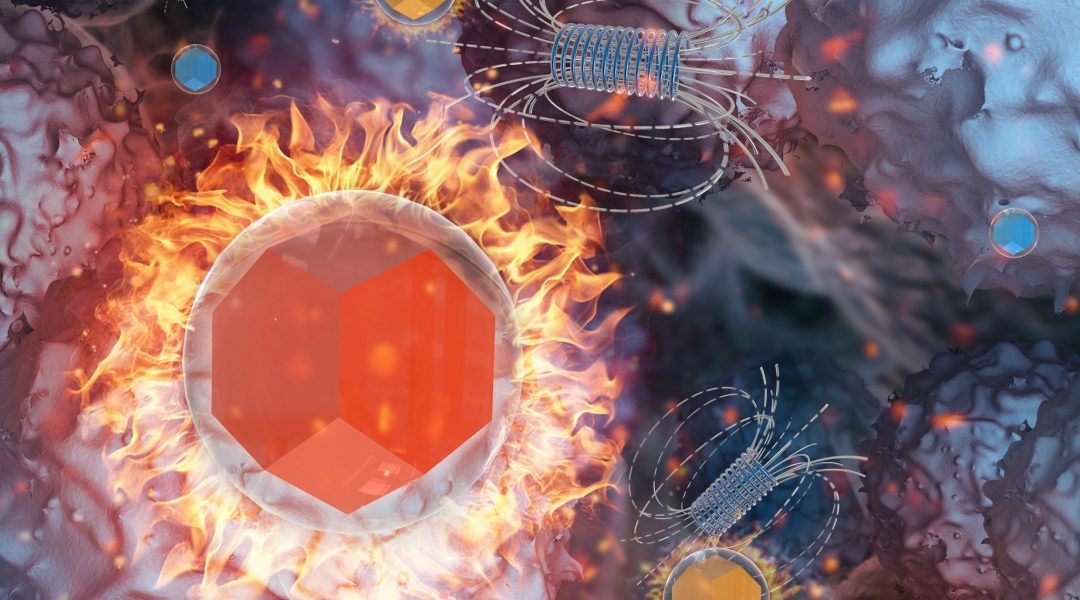A team at KIT has reached a new limit for electronics, with a quasi-solid-state transistor that functions via the switching action of a single atom.


A team at KIT has reached a new limit for electronics, with a quasi-solid-state transistor that functions via the switching action of a single atom.

Despite massive growth in nanomedicine research to date, the field still lacks fundamental understanding of how certain physical and chemical features of a nanoparticle affect its ability to overcome biological obstacles in vivo and reach its intended target.
![Silver Clusters for Enhancing the Efficacy of Chemotherapy [Video]](https://www.advancedsciencenews.com/wp-content/uploads/2018/08/adma201801317_ASN_image_small_001.jpg)
Silver clusters that improve the efficacy of cancer chemotherapy.

Delivering insulin into the body in supramolecular spheres.

Recent advances in aptamer-mediated siRNA delivery systems for RNAi therapy ranging from anticancer therapy to antiviral therapy.

A novel on-chip dense waveguide sensor to detect single unlabeled nanoparticles.

Using nano-pillars to change the way that neurons grow.

Nanocomposites of chalcopyrite and metal nanoparticles show thermoelectric properties that depend on doping and surface effects.

Careful design of magnetic properties in nanoparticles of alloyed magnetically hard and soft ferrites leads to high-performing particles.

Solid-state and calcium-ion technologies, new SEI concepts, and intercalation electrodes are at the top of the list for the latest advanced battery research.